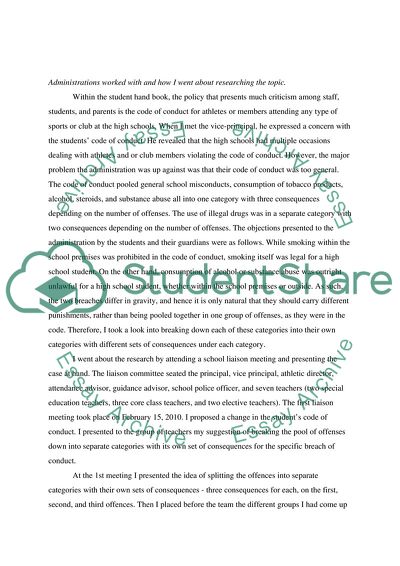Cite this document
(Student Code of Conduct Report Example | Topics and Well Written Essays - 1750 words, n.d.)
Student Code of Conduct Report Example | Topics and Well Written Essays - 1750 words. https://studentshare.org/education/1736823-student-code-of-conduct
Student Code of Conduct Report Example | Topics and Well Written Essays - 1750 words. https://studentshare.org/education/1736823-student-code-of-conduct
(Student Code of Conduct Report Example | Topics and Well Written Essays - 1750 Words)
Student Code of Conduct Report Example | Topics and Well Written Essays - 1750 Words. https://studentshare.org/education/1736823-student-code-of-conduct.
Student Code of Conduct Report Example | Topics and Well Written Essays - 1750 Words. https://studentshare.org/education/1736823-student-code-of-conduct.
“Student Code of Conduct Report Example | Topics and Well Written Essays - 1750 Words”. https://studentshare.org/education/1736823-student-code-of-conduct.


